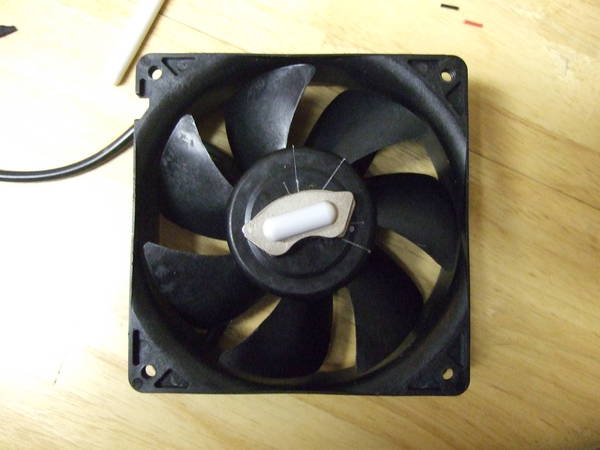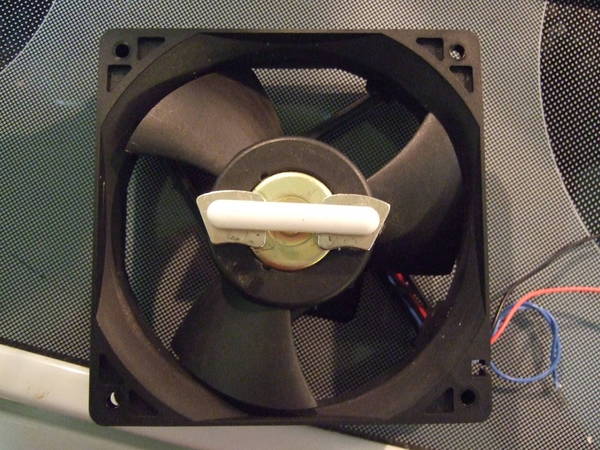jtucker101
Well-Known Member
- Joined
- Feb 12, 2009
- Messages
- 61
- Reaction score
- 0
I think it would work fine...but it probably won't turn the fan at the lower voltages. I'd prefer to go with a 12V supply rated at about an amp or so, but that's just my opinion. I've seen this same type of supply listed in one of these DIY stir plate threads, but maybe someone could explain what the benefit is of having the lower voltage levels (unless their fans are rated at less than 12 volts)?
I remember reading that some people are using dc supplies that give them a bit more than 12 volts...that way if you slow the fan down your voltage drop across the pot will still give you close to 12 volts.
I remember reading that some people are using dc supplies that give them a bit more than 12 volts...that way if you slow the fan down your voltage drop across the pot will still give you close to 12 volts.




























![Craft A Brew - Safale BE-256 Yeast - Fermentis - Belgian Ale Dry Yeast - For Belgian & Strong Ales - Ingredients for Home Brewing - Beer Making Supplies - [3 Pack]](https://m.media-amazon.com/images/I/51bcKEwQmWL._SL500_.jpg)

































